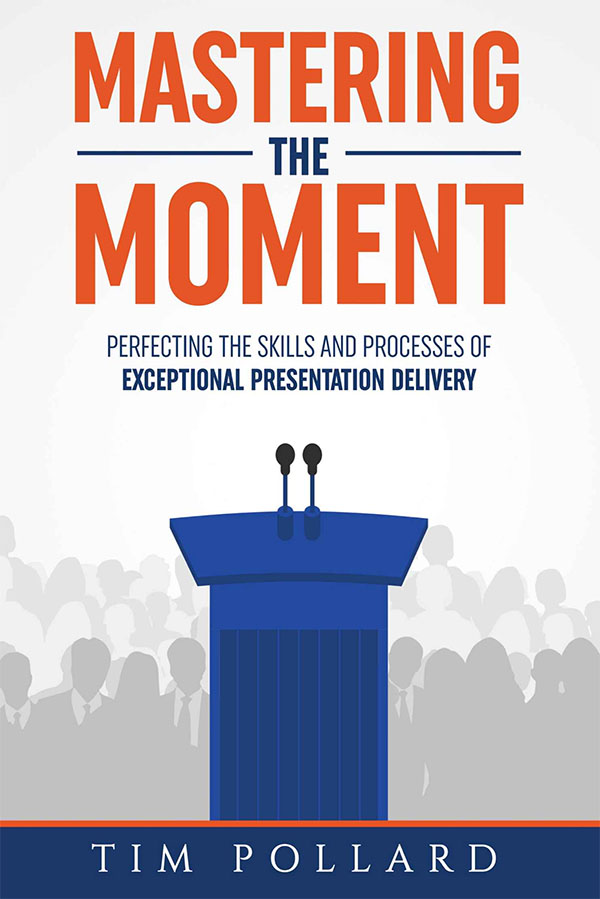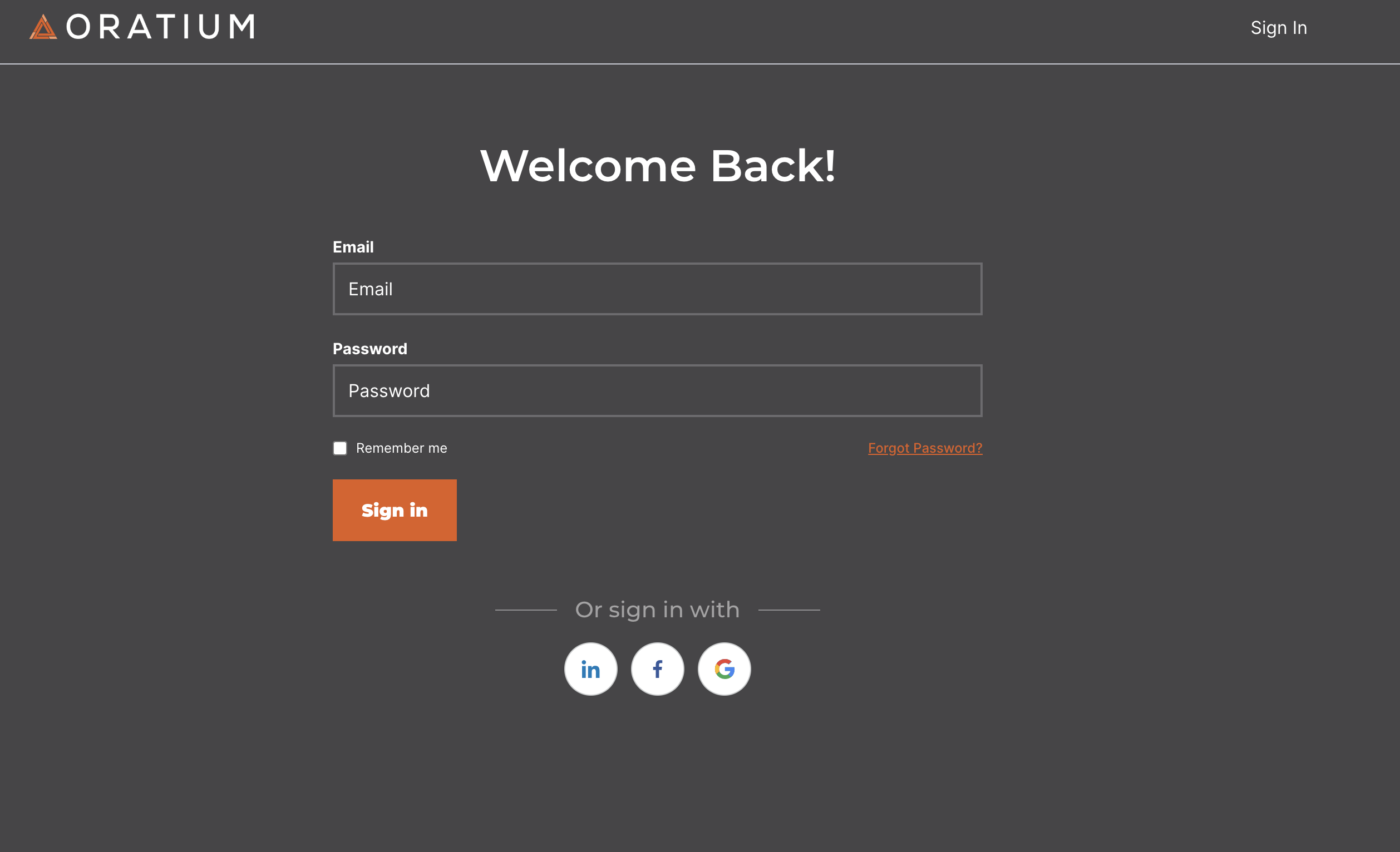I get asked this question a lot: “Once I have the idea for my talk, what do I do next? How do I actually put it together?”
This is the process I use (and we teach):
1. Define the idea at a high level.
Can I summarize it in 140ish characters? Concise = clear.
Is it in my “domain of authority”?
Am I passionate to share it?
Does it meet an unmet need?
2. Determine the intellectual core of the presentation.
What do I want people to do as a result of the talk? What do I want them to do or think differently?
What problem does it solve for them?
What do they have to believe to take that action? (We call these “insights.”)
What do they have to know before they’ll believe?
Once I figure that out, only THEN do I figure out what data, stories, statistics, and other illustrations I’ll need.
Once I have the logical elements, I ask myself, “What can I add to bring this to life?” I want to make sure I add “heart” to the “head,” as my friend Ron Ploof would say.
Significantly, this (determining the intellectual core) happens before outlining the talk beginning to end. I use the same tool we use with our clients to do this – The Message Architect®, a cloud-based software tool that supports the approach we take.
3. Sequence the talk. This happens at both a high level (can I give a version of the talk in 1-3 minutes?) and a detailed level (however long the talk actually will be).
I do the high-level sequence in The Message Architect.
For the detailed sequence I use Google Docs, because I can access it from the cloud. That’s useful when I’m traveling.
I create new sections in the document (usually a new page) for each section of the talk:
- Opening / Problem deconstruction
- Insight 1
- Insight 2
- Insight 3, etc.
- Conclusion / Call to Action
4. Scripting. I write my talks out, fully, every time – as does every executive coaching client and TEDx speaker we work with.
Even if you never go back to the script, writing it out helps to (a) find the best language and (b) determine what doesn’t or won’t fit, given the time you have to present.
I recommend scripting to a word count of 150-190 words per minute, multiplied by the amount of time I want to be speaking in the slot (e.g., 35 minutes for a 45 minute slot.). A 10-minute talk should be 1500-1900 words, for instance.
Like the detailed sequence, I also use Google Docs for this step.
5. Visuals (if using). Once I have the script, I build the visuals to support the key ideas. Only one idea per slide. Not every point gets a slide. I use Keynote or the mind-mapping software The Brain.
6. Rehearse, rehearse, rehearse. No, it’s not possible to “over-rehearse.” If you sound canned and memorized, you haven’t rehearsed enough. Either that, or you’re not listening for – and closing – the gap between how you normally sound and how you sound on stage. Mark up your scripting to help.




